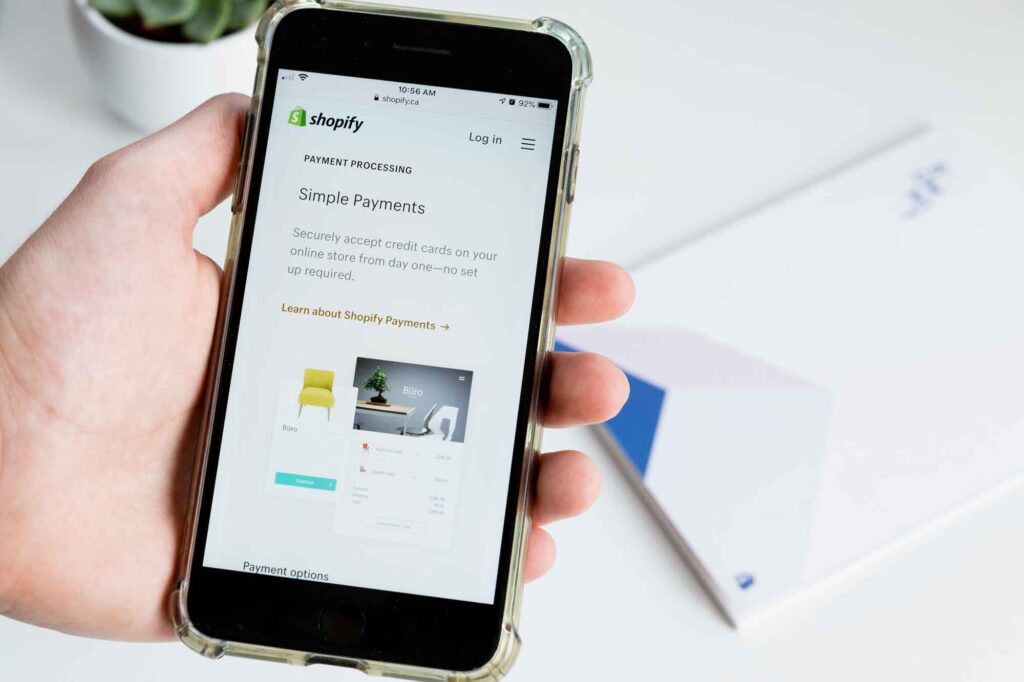With the rapid growth of online businesses, having a smooth payment gateway setup is crucial for a successful e-commerce venture. A payment gateway is essentially the virtual equivalent of a physical point-of-sale terminal, allowing customers to securely make online payments.
Ensuring a seamless and hassle-free payment process not only improves customer satisfaction but also boosts conversion rates. This comprehensive guide will walk you through the step-by-step process of setting up a smooth payment gateway for your e-commerce platform.
Understand the Basics of Payment Gateways
Before diving into the setup process, it’s important to have a clear understanding of payment gateways and how they work. A payment gateway acts as an intermediary between your online store and the financial institution that processes the payment. It securely transfers customer payment information, encrypts it, and authorizes the transaction.
Choose the Right Payment Gateway Provider
Selecting the right payment gateway provider is a crucial decision that will impact your e-commerce business in the long run. Consider factors such as transaction fees, security features, supported payment methods, integration options, and customer support. Popular payment gateway providers include PayPal, Stripe, Authorize.net, and Braintree.
Set Up a Merchant Account
To accept online payments, you’ll need to set up a merchant account with your chosen payment gateway provider. A merchant account is a type of bank account that allows businesses to accept payments via credit or debit cards. The process of setting up a merchant account may vary depending on the provider, but generally involves providing business information, verifying your identity, and agreeing to the terms and conditions.
Integrate the Payment Gateway with Your E-Commerce Platform
Once you have a merchant account, the next step is to integrate the payment gateway with your e-commerce platform. Most popular e-commerce platforms, such as Shopify, WooCommerce, and Magento, offer built-in integrations with various payment gateway providers. Follow the platform-specific instructions to connect your merchant account with your online store.
Customize the Payment Process
To provide a seamless user experience, customize the payment process to match your brand and website design. This includes adding your logo, selecting the desired color scheme, and creating a user-friendly checkout page. Additionally, consider offering multiple payment options to cater to a wider range of customers.
Test the Payment Gateway
Before going live, thoroughly test the payment gateway to ensure everything is functioning correctly. Conduct test transactions using different payment methods to verify that payments are being processed smoothly and that customers receive order confirmations. It’s essential to identify and resolve any issues before launching your e-commerce store.
Implement Strong Security Measures
Security is of utmost importance when dealing with online payments. Protect your customers’ sensitive information by implementing robust security measures. Ensure that your payment gateway is PCI DSS compliant, which means it meets the industry standards for handling and storing cardholder data securely. Enable fraud detection tools and regularly update your e-commerce platform and payment gateway to the latest versions.
Monitor and Optimize
Once your payment gateway is up and running, it’s important to continuously monitor its performance. Keep an eye on transaction success rates, identify any payment failures or errors, and promptly address them. Regularly review analytics data to gain insights into customer behavior and optimize the payment process accordingly.
Conclusion
Setting up a smooth payment gateway for your e-commerce platform is vital for a seamless online shopping experience. By understanding the basics, choosing the right provider, integrating with your e-commerce platform, customizing the payment process, testing thoroughly, implementing strong security measures, and monitoring performance, you can ensure a hassle-free payment experience for your customers. Take the necessary steps to establish a reliable payment gateway and watch your e-commerce business thrive.
Key Takeaways
- A smooth payment gateway setup is crucial for a successful e-commerce venture, improving customer satisfaction and boosting conversion rates.
- Understand the basics of payment gateways, including their role as intermediaries between your online store and the financial institution processing payments.
- Choose the right payment gateway provider by considering factors such as transaction fees, security features, supported payment methods, integration options, and customer support.
- Set up a merchant account with your chosen payment gateway provider to accept online payments via credit or debit cards.
- Integrate the payment gateway with your e-commerce platform using built-in integrations or following platform-specific instructions.
- Customize the payment process to match your brand and provide a seamless user experience, including adding your logo and offering multiple payment options.
- Thoroughly test the payment gateway before going live, conducting test transactions to ensure smooth processing and order confirmations.
- Implement strong security measures by ensuring PCI DSS compliance, enabling fraud detection tools, and regularly updating your platform and payment gateway.
- Continuously monitor the payment gateway’s performance, addressing any issues promptly and optimizing the payment process based on customer behavior insights.
To further enhance your knowledge and skills in e-commerce, consider taking the Parsons E-Commerce Foundations online course and certificate program offered by Yellowbrick. This program provides comprehensive training on various aspects of e-commerce, including payment gateway setup, to help you succeed in the industry.








